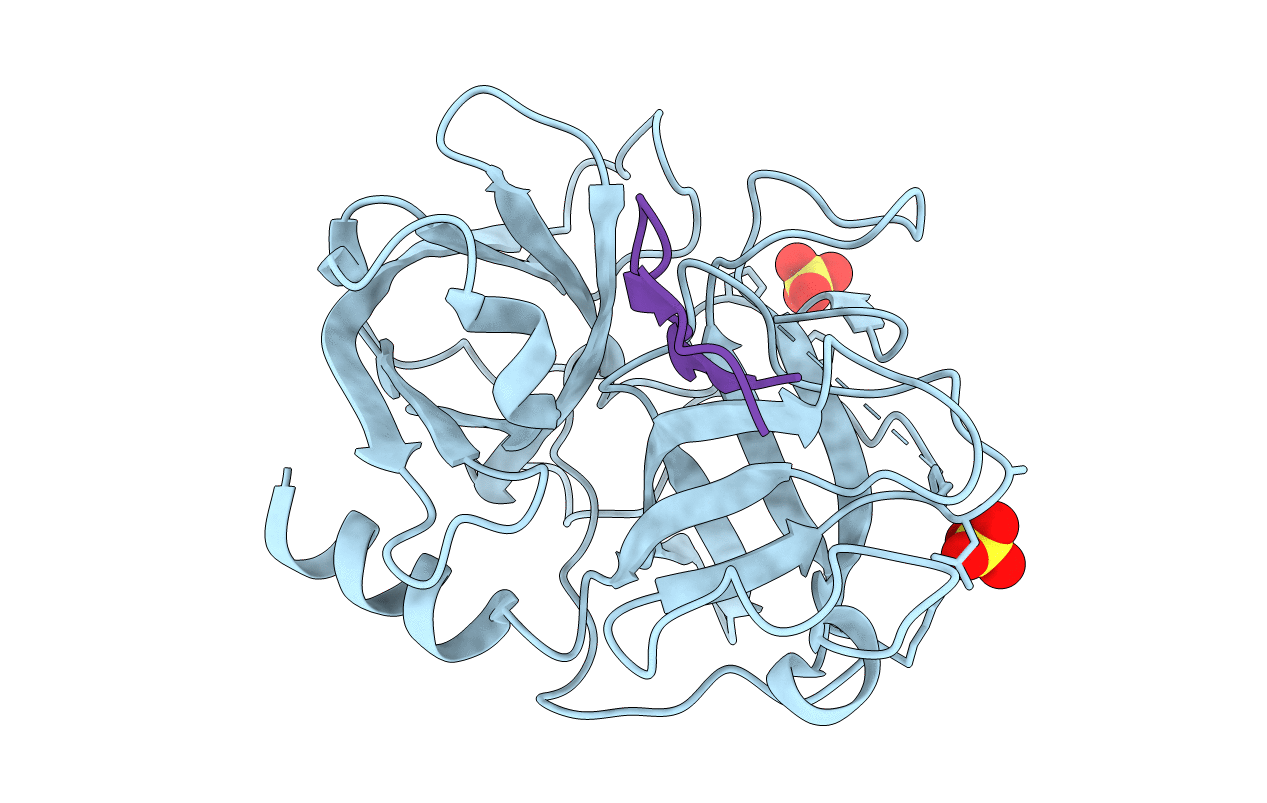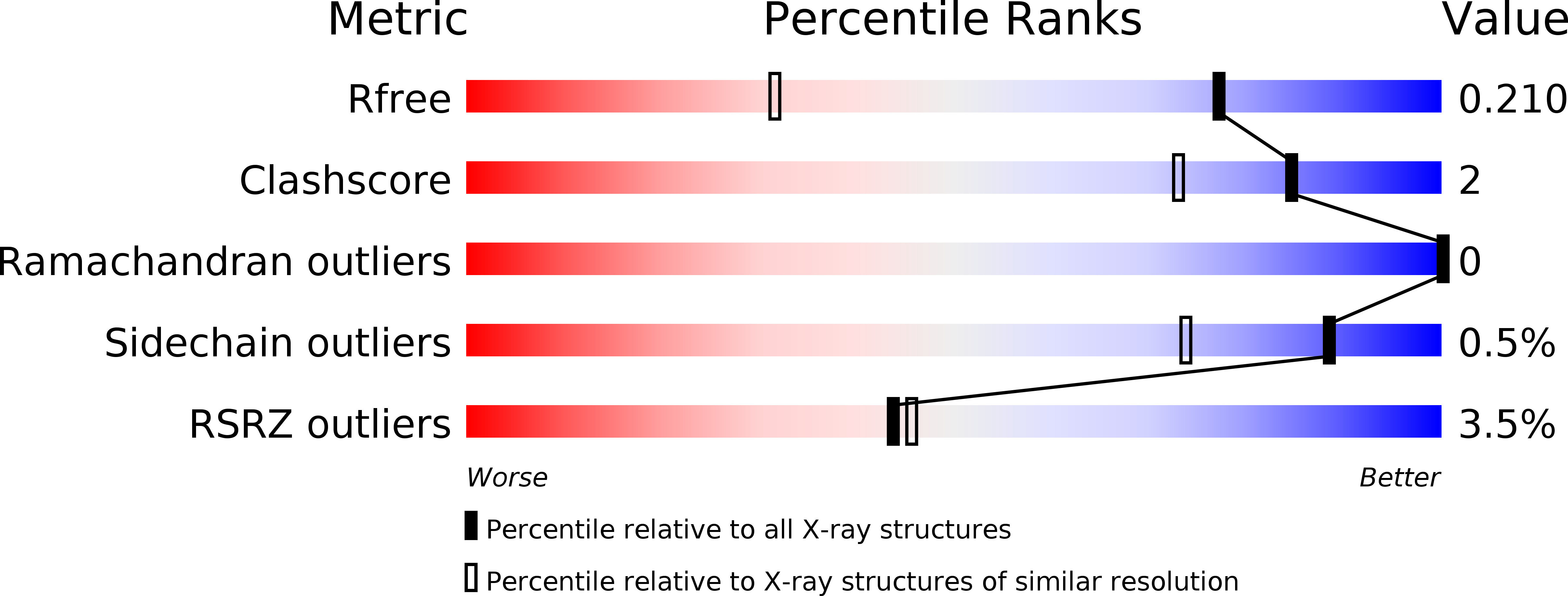
Deposition Date
2018-04-17
Release Date
2019-01-23
Last Version Date
2024-11-06
Entry Detail
PDB ID:
6D40
Keywords:
Title:
Highly Potent and Selective Plasmin Inhibitors Based on the Sunflower Trypsin Inhibitor-1 Scaffold Attenuate Fibrinolysis in Plasma
Biological Source:
Source Organism:
Homo sapiens (Taxon ID: 9606)
Helianthus annuus (Taxon ID: 4232)
Helianthus annuus (Taxon ID: 4232)
Host Organism:
Method Details:
Experimental Method:
Resolution:
1.43 Å
R-Value Free:
0.21
R-Value Work:
0.18
R-Value Observed:
0.18
Space Group:
C 1 2 1


